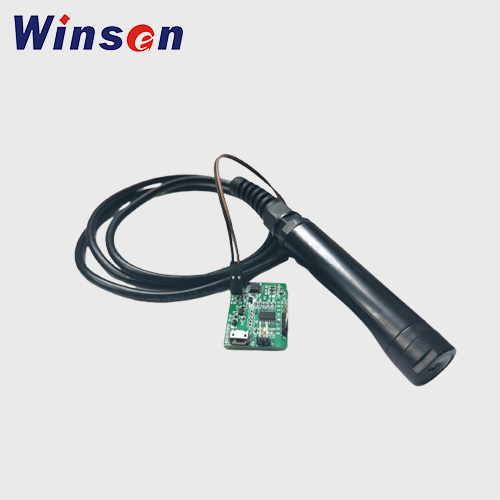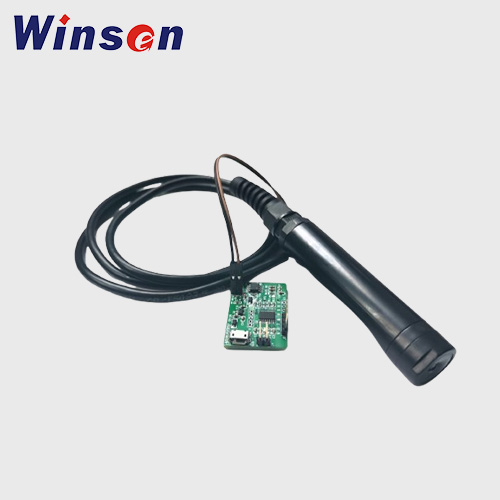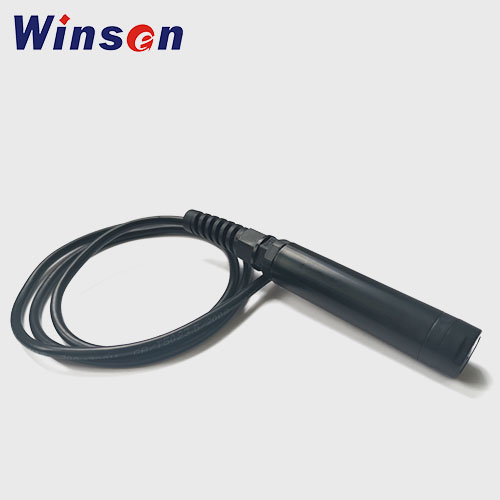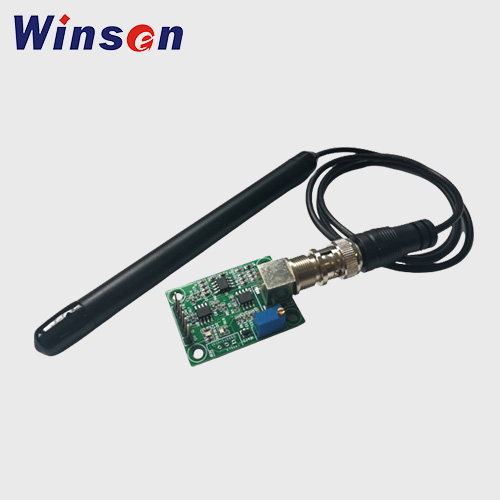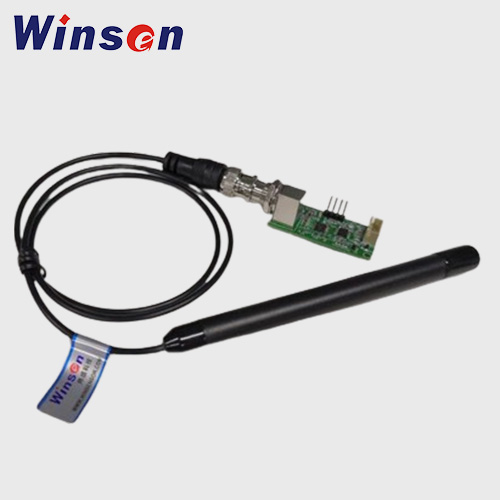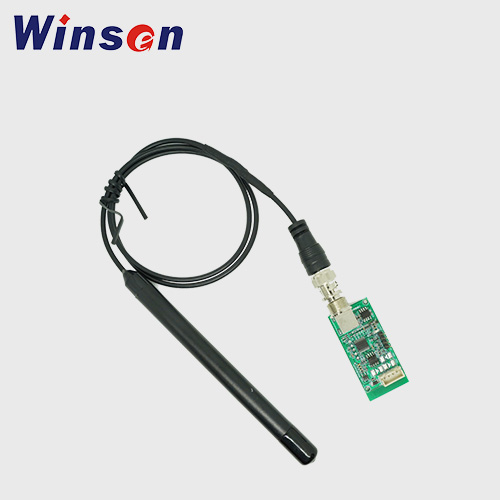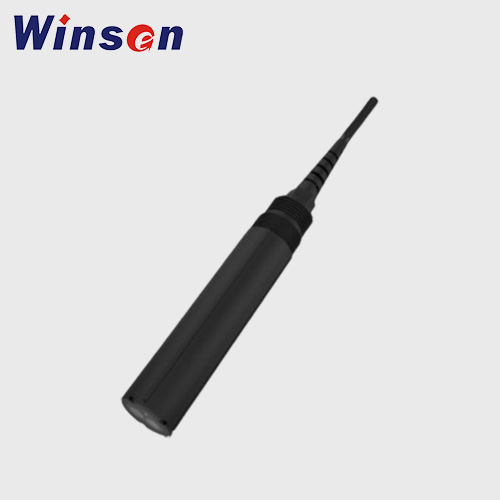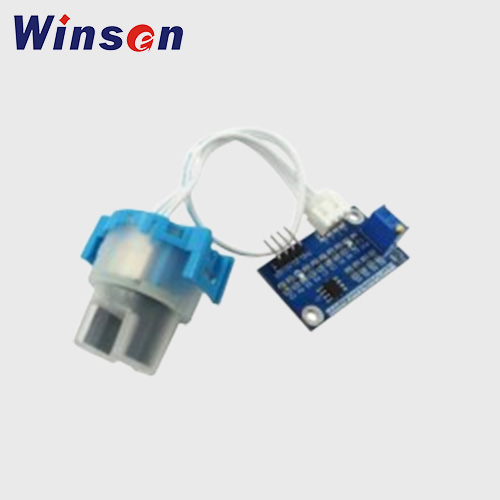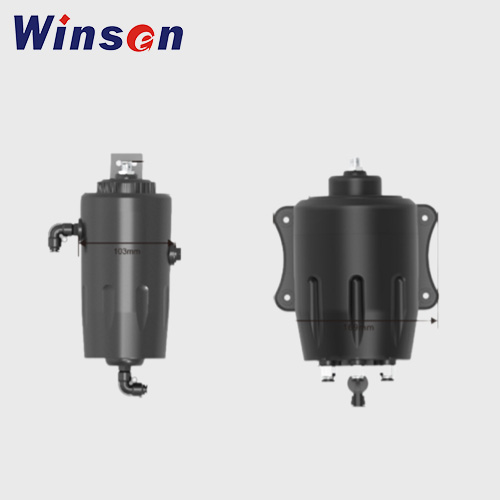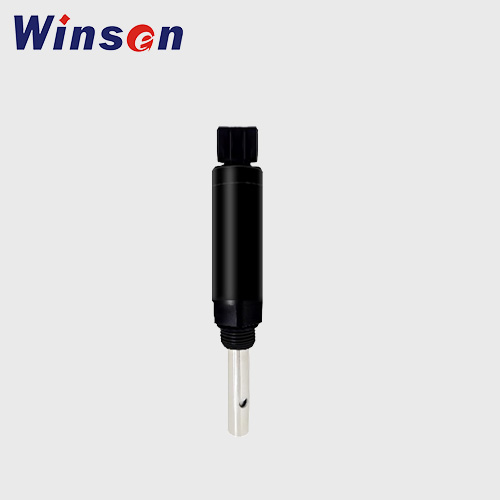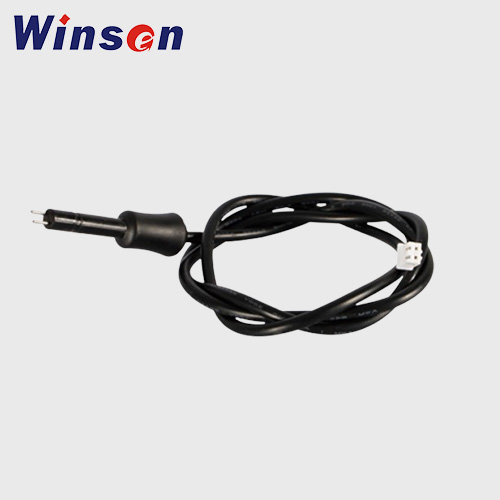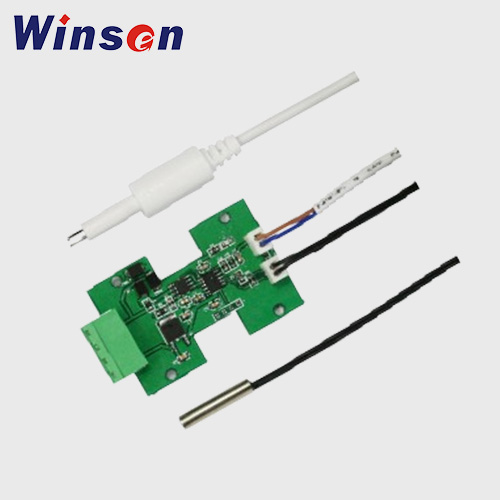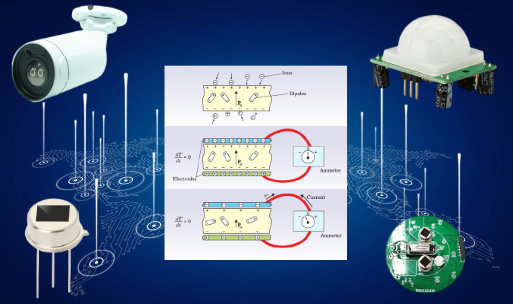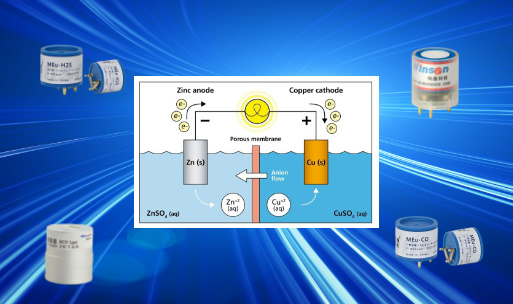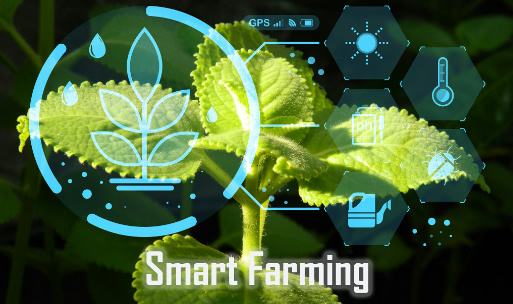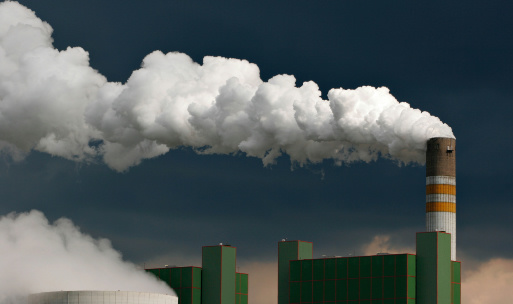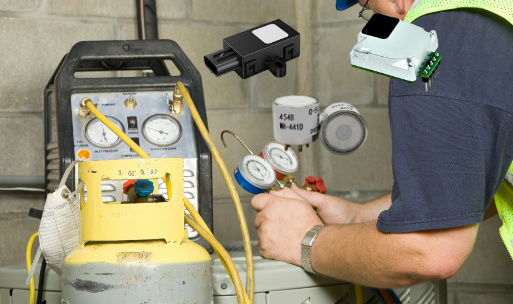The Role of Water Quality Sensor in Aquaculture: Enhancing Sustainability and Efficiency in Fish Farming
Aquaculture, the practice of breeding and harvesting aquatic organisms such as fish, crustaceans, and mollusks, has become an increasingly essential component of global food production. As the world’s population grows and wild fish stocks decline, aquaculture offers a sustainable solution to meet the rising demand for seafood. However, like all agricultural industries, aquaculture faces challenges such as maintaining water quality, optimizing feeding practices, preventing disease, and ensuring overall sustainability. This is where the use of sensors in aquaculture has become a transformative tool.
Sensors in aquaculture play a critical role in providing real-time data to improve farm management, increase productivity, reduce environmental impact, and ensure the welfare of aquatic species. By continuously monitoring various environmental factors such as water temperature, oxygen levels, pH, salinity, and ammonia concentrations, aquaculture farms can optimize their operations and prevent many issues that could harm the health of the ecosystem or lead to economic losses. This article will explore the various types of sensors used in aquaculture, their applications, benefits, and the future of sensor technologies in the fish farming industry.
Types of Water Quality Sensor Used in Aquaculture
Aquaculture farms rely on an array of sensors to monitor and control various environmental conditions that directly affect the health of the aquatic organisms being farmed. Some of the most commonly used sensors in the industry include:
Dissolved Oxygen Sensors
Oxygen is essential for the survival of fish and other aquatic species. Aquatic organisms absorb oxygen directly from the water through their gills, and inadequate oxygen levels can lead to stress, reduced growth, and even mortality. Monitoring oxygen levels is therefore critical to maintaining a healthy aquaculture system.
Dissolved oxygen (DO) sensors are commonly used to measure the oxygen concentration in water. These sensors typically use optical or electrochemical techniques to measure the amount of oxygen dissolved in the water. The data provided by these sensors allows farmers to ensure that oxygen levels are within the optimal range for the species being farmed. If oxygen levels fall too low, aeration systems can be activated to increase oxygenation in the water.
pH Sensors
pH is another crucial parameter for the health of aquatic species. The pH level of water affects the solubility of oxygen and other essential minerals. Aquatic organisms have specific pH requirements, and a shift in pH outside the optimal range can lead to stress and reduced growth rates. For example, fish species such as salmon are particularly sensitive to changes in pH levels.
pH sensors measure the acidity or alkalinity of the water and provide continuous data that can be used to adjust the water conditions. By monitoring pH in real time, aquaculture farmers can take corrective actions to adjust the water quality, such as adding buffers to stabilize the pH or adjusting the composition of the water to improve fish health.
Ammonia Sensors
Ammonia is a byproduct of fish metabolism and excretion. If ammonia accumulates in the water, it can be toxic to fish and other aquatic species, causing respiratory issues, organ damage, or even death. Therefore, monitoring ammonia levels is critical to maintaining a healthy environment for aquaculture.
Ammonia sensors detect the concentration of ammonia (NH₃) in water, typically using ion-selective electrodes (ISE) or chemical sensors. Continuous monitoring of ammonia levels helps farm operators to prevent toxic buildup and take action before ammonia reaches harmful levels. In some systems, biofiltration or other water treatment methods can be employed to reduce ammonia concentrations.
Salinity Sensors
Salinity plays a vital role in aquaculture, particularly in marine fish farming. Salinity levels that are too low or too high can harm fish, affecting their growth and survival rates. Salinity sensors are used to measure the concentration of salts in the water, which is especially important for species that require specific salinity levels, such as shrimp or marine fish.
Salinity sensors work on various principles, such as conductivity or refractive index, and provide real-time data on salinity levels. With the data from these sensors, aquaculture farmers can regulate salinity levels and ensure optimal conditions for different species.
Turbidity Sensors
Turbidity refers to the cloudiness or haziness of water caused by suspended particles, such as organic matter, algae, or debris. High turbidity can reduce the amount of light penetration in the water, affecting plant growth (such as phytoplankton) and leading to decreased oxygen levels. Moreover, turbid water can harbor pathogens that pose risks to farmed fish.
Turbidity sensors use optical techniques to measure the clarity of the water by detecting the scattering of light caused by suspended particles. By monitoring turbidity, aquaculture farms can take corrective actions, such as improving filtration systems, to ensure water quality remains optimal for fish health.
Water Temperature Sensors
Water temperature is one of the most important factors in aquaculture, as different species of fish and shellfish have specific temperature requirements for optimal growth and survival. Water that is too warm or too cold can stress aquatic organisms, making them more susceptible to diseases and reducing their growth rates.
Temperature sensors, often using thermocouples or thermistors, continuously measure water temperature and send real-time data to a central control system. This allows farm operators to maintain water temperatures within the optimal range for the species being farmed. Automated temperature regulation systems, such as heaters or cooling systems, can be triggered based on the sensor data to adjust the water temperature when necessary.
Electrical Conductivity (EC) Sensors
Electrical Conductivity (EC) sensors measure the ability of water to conduct electricity, which is directly related to the concentration of dissolved ions. The presence of ions such as sodium, chloride, calcium, and magnesium in the water influences the water's ability to conduct electrical current.
- Role in Aquaculture: EC is an essential parameter for monitoring water quality in aquaculture. It helps to measure the salinity of the water, which is particularly important for marine and brackish water species. Freshwater species like salmon, tilapia, and trout thrive in low-EC environments, while marine species such as shrimp, prawns, and marine fish require higher salinity levels. By continuously monitoring EC, aquaculture farmers can maintain the correct salinity levels for their farmed species and ensure healthy osmoregulation.
- Integration with Other Systems: In many modern systems, EC sensors are integrated with real-time monitoring networks to trigger alarms or automate water treatment processes. For example, an increase in EC could signal excess dissolved salts or nutrient buildup, prompting corrective actions like flushing the system with freshwater or adjusting the salinity.
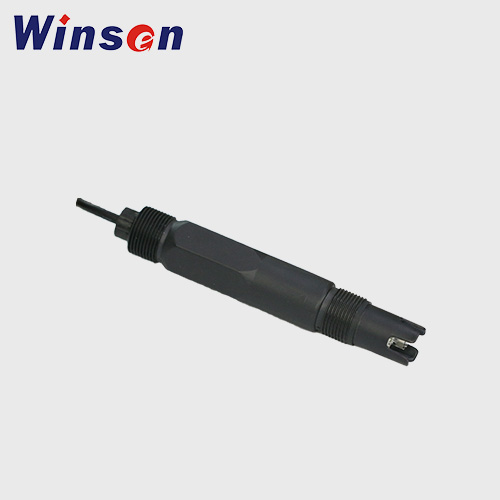
ZW-C101 Electrical Conductivity Water Quality Detection Sensor
- Electrical Conductivity
- 0~20000μS/cm
- Read More
Total Dissolved Solids (TDS) Sensors
Total Dissolved Solids (TDS) refers to the combined content of all dissolved substances, both organic and inorganic, in the water. This includes salts, minerals, metals, and other dissolved compounds. TDS is a useful indicator of overall water quality, as it directly correlates with the concentration of dissolved ions and pollutants.
- Role in Aquaculture: TDS sensors are widely used in aquaculture to provide an overall picture of water quality. High TDS levels can be an indication of excessive mineral content, nutrient buildup, or contamination from external sources. For instance, in freshwater aquaculture, elevated TDS levels could signal problems with water contamination or excessive feeding. In contrast, marine aquaculture systems require higher TDS levels, as these species thrive in more mineralized waters.
- TDS and Fish Health: TDS affects the osmoregulation of fish and other aquatic organisms. Species like trout, catfish, and tilapia require low-TDS environments, while marine species need higher TDS levels. By monitoring TDS, farmers can ensure that water conditions are optimal for the health and growth of the farmed species.
- EC-TDS Relationship: EC and TDS are often linked. Since TDS is based on the total amount of dissolved solids, which includes ions, it can be calculated from EC measurements using a conversion factor. However, TDS sensors provide a more direct reading of the overall dissolved solids, whereas EC focuses more specifically on ion concentration. By using both EC and TDS sensors, farmers can achieve a more comprehensive understanding of water quality.
Applications of Water Quality Sensor in Aquaculture
The use of sensors in aquaculture is broad and can be applied to various stages of fish farming, from monitoring environmental conditions to optimizing feeding strategies and ensuring sustainable practices. Below are some key applications where sensors play a crucial role in enhancing the efficiency and sustainability of aquaculture operations:
1. Real-Time Water Quality Monitoring
Real-time water quality monitoring is essential in aquaculture to maintain the health and growth of farmed species. By using a network of sensors to continuously monitor temperature, oxygen levels, pH, ammonia, and other key parameters, farmers can ensure that the water remains within optimal conditions for the species being farmed. This type of monitoring allows for immediate corrective actions in response to any sudden changes in water quality, preventing losses and ensuring optimal conditions for growth.
For example, if a pH sensor detects that the water is becoming too acidic, a farmer can add neutralizing agents immediately. Similarly, if oxygen levels drop below the optimal threshold, aeration systems can be activated to prevent fish stress or mortality.
2. Feed Management and Optimization
Efficient feeding is a major factor in the success of aquaculture farming, as it directly impacts both the health of the fish and the farm’s profitability. Overfeeding can lead to water quality issues, such as excess organic waste, while underfeeding can result in slower growth rates and lower yields.
Sensors can be used to monitor feeding behavior and water quality, helping farmers optimize feeding schedules and amounts. For example, by measuring dissolved oxygen levels, farmers can determine when fish are feeding actively (since feeding increases oxygen consumption) and adjust feeding times accordingly. In addition, sensors can help detect uneaten feed, allowing farmers to adjust feed quantities to avoid waste and reduce environmental impact.
3. Disease Prevention and Health Monitoring
Aquatic diseases are a major concern in aquaculture, and early detection is crucial for preventing outbreaks that can lead to significant losses. While traditional methods of disease detection are often labor-intensive and require clinical analysis, sensors provide a more efficient and real-time solution.
Certain sensors can monitor the behavior and activity levels of fish, detecting early signs of stress that may indicate illness. For instance, temperature, oxygen, and pH sensors can alert farmers to changes in water quality that could be causing stress or triggering disease outbreaks. Additionally, sensors that measure water conductivity or turbidity can help detect the presence of pathogens or harmful microorganisms in the water, allowing for timely intervention.
4. Automated Environmental Control Systems
Automation is increasingly being incorporated into aquaculture operations to improve efficiency and reduce the need for manual labor. Automated systems can use sensor data to regulate water quality, lighting, and even feeding schedules based on real-time measurements.
For example, a combination of dissolved oxygen, temperature, and pH sensors can be used to automatically adjust aeration or filtration systems in response to changes in water conditions. Similarly, water salinity and temperature sensors can control the water flow to maintain stable conditions, while light sensors can regulate the artificial lighting in indoor aquaculture systems to promote optimal growth conditions.
5. Monitoring of Closed-Loop Systems and Recirculating Aquaculture Systems (RAS)
Recirculating Aquaculture Systems (RAS) are becoming increasingly popular for land-based fish farming because they allow for the reuse of water, reducing the environmental impact of fish farming. In RAS, sensors are critical for maintaining water quality and ensuring that the system operates efficiently.
Sensors that measure parameters such as dissolved oxygen, pH, ammonia, and temperature are integral to RAS, helping farmers maintain stable water conditions and reduce the need for water exchanges. Furthermore, turbidity sensors and biofilter monitoring sensors ensure that the filtration systems are working effectively to remove waste products, preventing water quality degradation.
Future Trends in Aquaculture Sensors
The future of aquaculture sensors is promising, with technological advancements paving the way for more precise, cost-effective, and user-friendly solutions. Some key trends include:
- Miniaturization and Integration: Smaller, more integrated sensors that can be embedded into existing systems will allow for more seamless integration into aquaculture operations.
- Artificial Intelligence and Machine Learning: AI and ML algorithms will enable farms to process large datasets from sensors, providing insights for more efficient management, predictive maintenance, and even early disease detection.
- Wireless and IoT Connectivity: The rise of IoT and wireless sensors will enable remote monitoring and management of aquaculture systems, making it easier for farmers to oversee operations from anywhere.
Conclusion
Sensors have become an indispensable tool in modern aquaculture, enhancing sustainability, improving farm productivity, and ensuring the health of aquatic species. As sensor technology continues to evolve, aquaculture will benefit from even more sophisticated and integrated solutions, improving the efficiency and environmental sustainability of fish farming. With the continued growth of the global seafood market and increasing pressure to ensure sustainable practices, the role of sensors in aquaculture will become even more critical in shaping the future of the industry.
